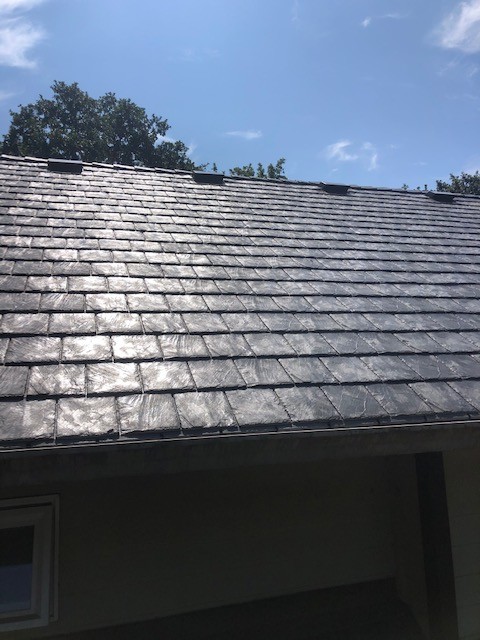Summer heat and poor roof maintenance are a costly combo. They drive up your energy bills, make your home hotter inside, and wear down your roof faster than you think. Homeowners feel the impact as rising AC costs, surprise leaks, and repair bills that could’ve been avoided with a little seasonal upkeep.
So, how much is your roof really costing you this summer? Let’s break it down: starting with the hidden ways heat and neglect are affecting your comfort, your wallet, and your roof’s lifespan.
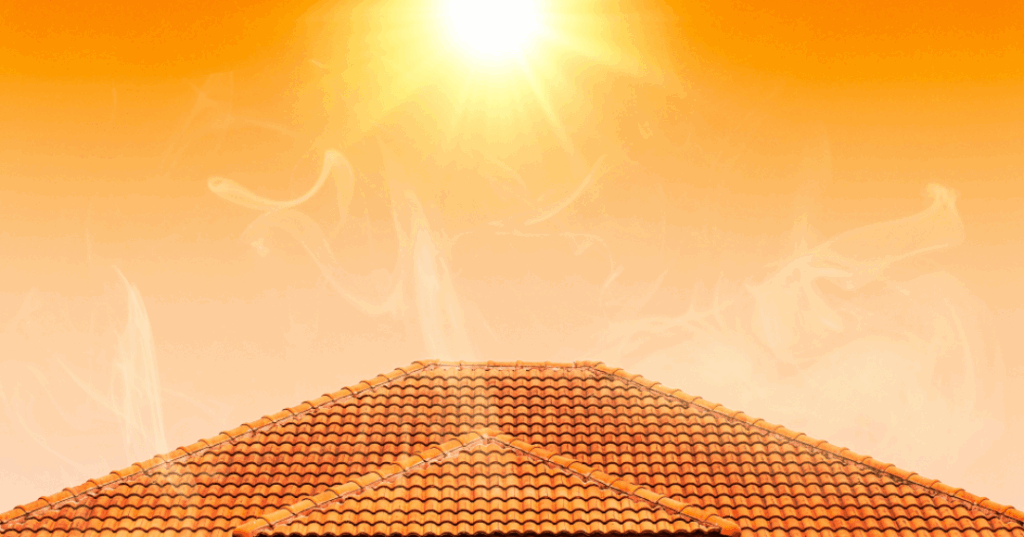
The Hidden Cost of Summer Heat
On Vancouver Island, summer heat can turn your roof into a giant heat trap. Dark, poorly insulated roofs absorb solar radiation, pushing indoor temperatures up and forcing your cooling systems to work overtime. This not only leads to discomfort but also spikes your energy bills.
What You Can Do:
- Install Reflective Roofing Materials: Opt for light-colored or reflective roofing materials that deflect sunlight, reducing heat absorption.
- Add Proper Insulation: Ensure your attic and roof are well-insulated to prevent heat transfer into your living spaces.
- Consider Green Roofs: Green roofs can reduce indoor temperatures by up to 27°F and lower cooling loads by 70% .
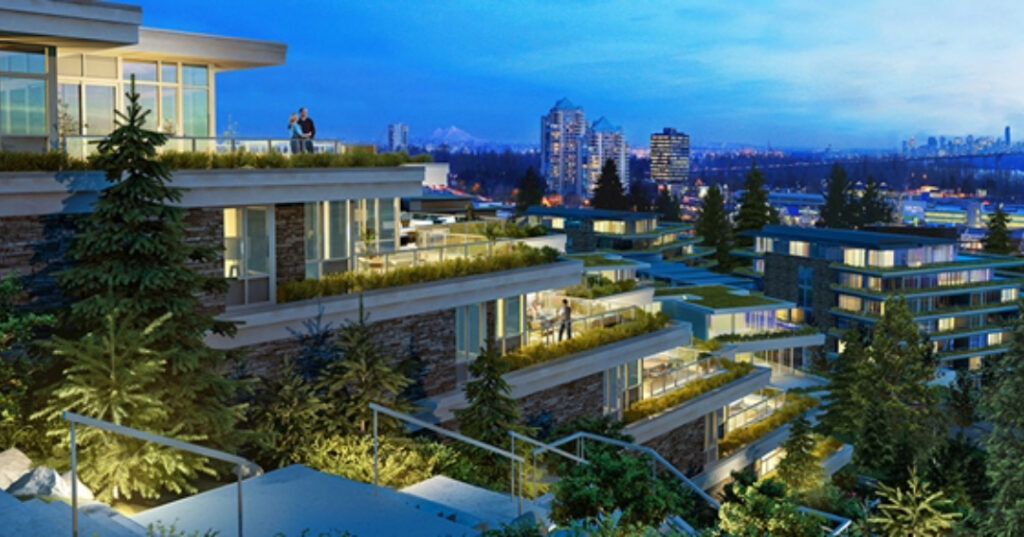
Maintenance: Your Roof’s Best Friend
Neglecting roof maintenance can lead to minor issues escalating into major problems. Regular inspections and upkeep are crucial to extend your roof’s lifespan and prevent costly repairs.
Maintenance Tips:
- Schedule Annual Inspections: Have a professional inspect your roof at least once a year to catch potential issues early.
- Clean Gutters and Downspouts: Ensure water flows freely to prevent pooling and leaks.
- Trim Overhanging Branches: Prevent damage from falling limbs and reduce debris accumulation.
- Check for Moss and Algae: These can degrade roofing materials; clean them off promptly.
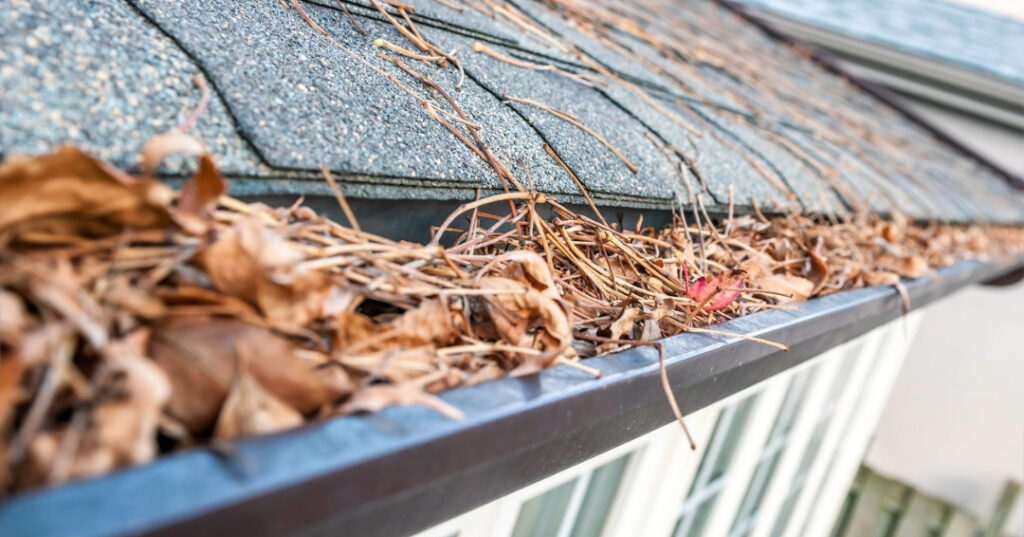
Which Roof Is Costing You the Most This Summer?
1. Asphalt Shingles
Most common, but also the least heat-friendly.
Pros: Affordable and easy to replace
Cons: Absorb heat like crazy, especially dark shingles. This makes your attic and home hotter, forcing your AC to run longer. They also don’t ventilate well, and moss buildup is a real issue here.
Summer cost impact:
- Up to 15–20% higher cooling bills compared to reflective roofs
- Shorter lifespan (especially in humid coastal areas) = more frequent replacements
- Regular moss treatment ($200–$400)
What to do:
- Add ventilation and attic insulation
- Consider switching to lighter or reflective shingles
- Clean off moss to prevent water damage
2. Metal Roofs
The most energy-efficient roof you can have in summer.
Pros: Reflects sunlight, cools quickly, and lasts 40+ years
Cons: Higher upfront cost
Summer cost impact:
- Can lower indoor temps by up to 5°C
- May reduce cooling bills by up to 25%
- Low maintenance = fewer surprises
What to do:
- Make sure there’s proper attic insulation to prevent heat transfer
- Check seals and panels once a season
3. Cedar Shakes
Natural insulator, but high-maintenance in our damp climate.
Pros: Keeps your house cool naturally if well-maintained
Cons: Organic material means moss, rot, and bugs, especially in shady or humid areas.
Summer cost impact:
- Good insulation = less AC use if dry and maintained
- But poor upkeep leads to leaks, mold, and ventilation issues
- Maintenance or cleaning every summer ($300–$800)
What to do:
- Clean debris and apply anti-fungal treatment
- Trim back trees to let sun dry the roof out
- Seal the wood if not done recently
4. Flat Roofs (Torch-On, EPDM, etc.)
Modern look, but traps heat and water without proper prep.
Pros: Space-efficient, often walkable
Cons: Heat builds fast unless you coat it properly, and poor drainage causes pooling
Summer cost impact:
- Flat roofs get hot—can raise inside temps by 3–5°C
- Poor drainage = costly water damage or mold issues
- Reflective coatings or rooftop insulation ($300–$1000 depending on size) can cut cooling costs by 20%
What to do:
- Apply reflective white coating to deflect heat
- Check that drains and scuppers are clear
- Look for blisters, cracks, or soft spots each season
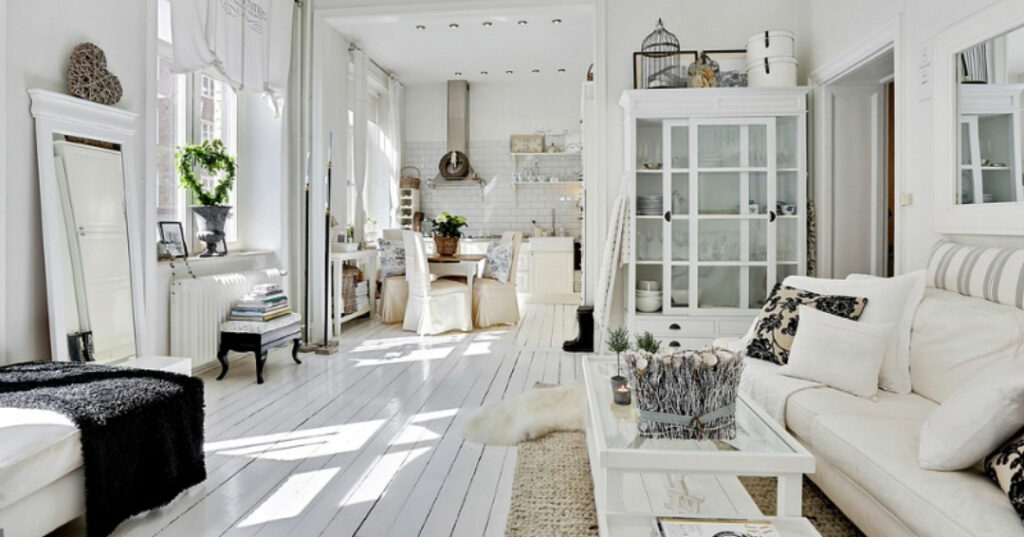
So, What’s the Cost of Doing Nothing?
If your roof isn’t helping you stay cool, it’s costing you comfort and money every month.
$200–$400 extra in energy bills
$600–$1,000+ in preventable repairs
Long-term: a full roof replacement, you could’ve delayed by years
Want help figuring out if your roof is costing you more than it should?
Let’s inspect it before the heatwave hits.

